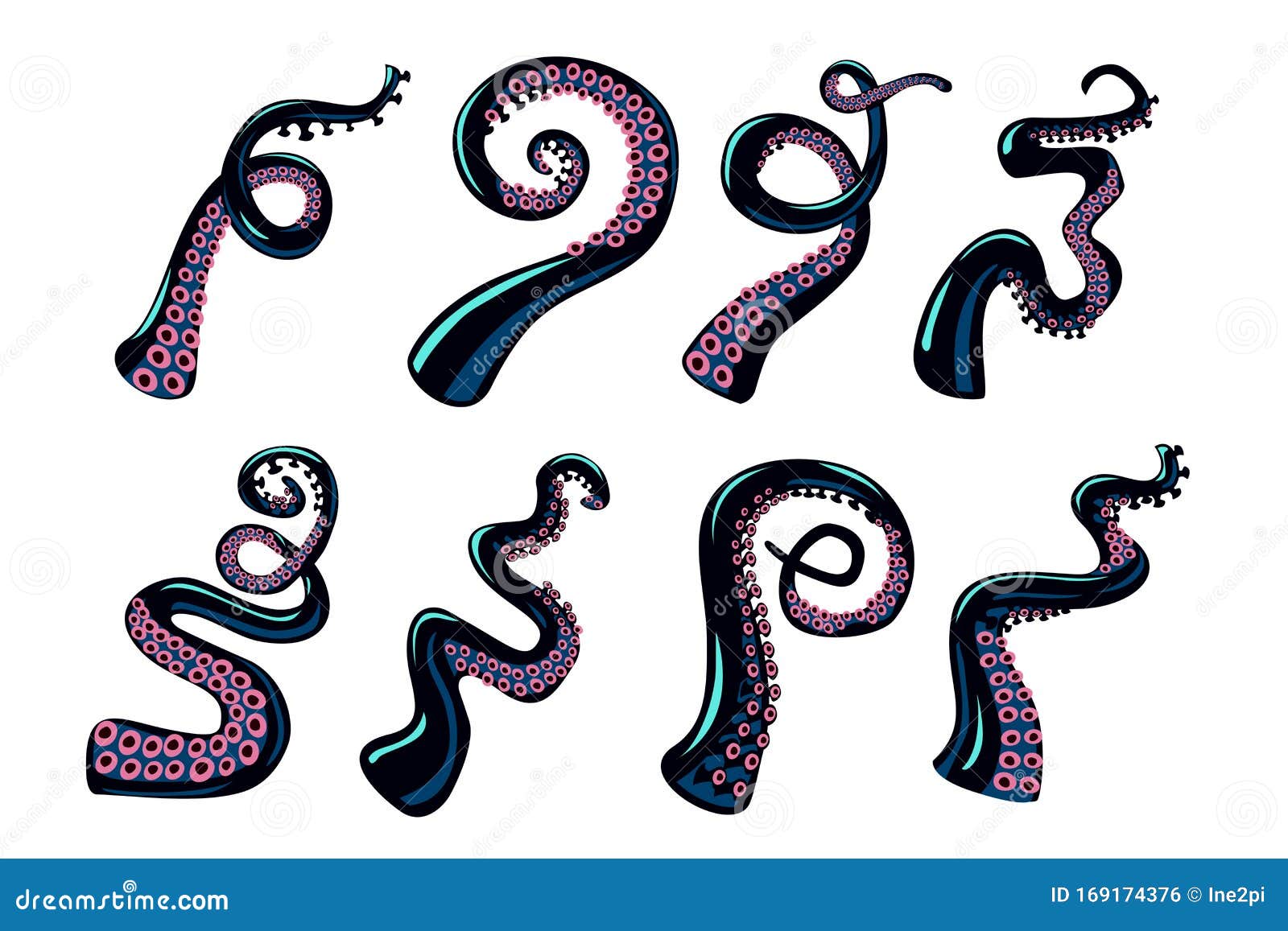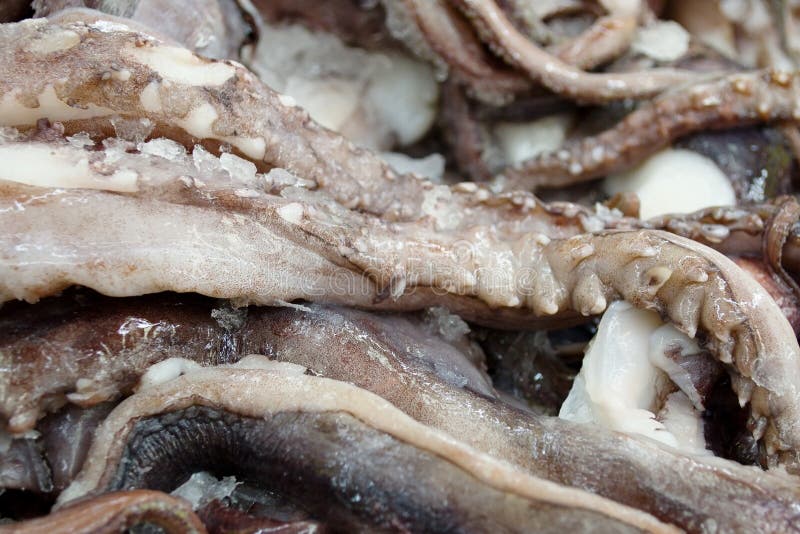

^ "Eight controversial foods from around the world"."The truth about Noma's live prawn dish". Biomechanics of the octopus reaching movement". Remove from heat and cool for 30 minutes. Bring water back to a boil, reduce heat to low, cover, and simmer until octopus is fork-tender, 45 to 60 minutes. Submerge entire octopus in the boiling water.

"An Embodied View of Octopus Neurobiology". Dip tentacles into the boiling water 3 times, holding them in the boiling water 2 to 3 seconds each time, until the tentacles curl up. "Eating a Live Octopus Wasn't Nearly as Difficult As It Sounds".

"Clash of culture? Sannakji angers US animal activists". "Korean restaurant's live Octopus dish has animal rights activists squirming". Standard Korean Language Dictionary (in Korean). Odori ebi, shrimp eaten alive in Japanese cuisine.Ikizukuri, the preparation of sashimi from living animals.Drunken shrimp, shrimp sometimes eaten alive in Chinese cuisine.Several incidents of choking on Sannakji have been reported, such as a 2008 incident in Gwangju. Because the cephalopod's limbs contain neurons, the extremities continue to move and the suction cups along its tentacles maintain their gripping power that might attach to one's throat, even after getting detached from the body and doused with sesame oil. Sannakji is served in Korean restaurants that serve sliced raw fish, but it also can be found at bars as a snack to accompany alcoholic beverages, such as soju.Ĭonsuming sannakji is potentially dangerous due to choking hazard. Vocabularies in the two Koreas differ on nakji: South Koreans call Octopus minor, a small kind of octopus (often mistranslated as "baby octopus") nakji, while North Koreans call a squid nakji ( nakchi in McCune–Reischauer romanization). This can also present a choking hazard for some people, particularly if they are intoxicated. The active suction cups can cause swallowed pieces of arm to stick to the mouth or throat. Eating īecause the suction cups on the arm pieces are still active when the dish is served, special care should be taken when eating sannakji. The dish is sprinkled with sesame oil and toasted sesame seeds. Less commonly, a live octopus is eaten whole. The octopus' highly complex nervous system, with two-thirds of its neurons localised in the nerve cords of its arms, lets the octopus show a variety of reflex actions that persist even when they have no input from the brain. The octopuses are most commonly killed before being cut into small pieces and served, with the nerve activity in the octopus' tentacles making the pieces move posthumously on the plate while served. San-nakji ( 산낙지) is a variety of hoe (raw dish) made with long arm octopus ( Octopus minor), a small octopus species called nakji in Korean and is sometimes translated into "baby octopus" due to its relatively small size compared to the giant octopus ( Enteroctopus dofleini).


 0 kommentar(er)
0 kommentar(er)
